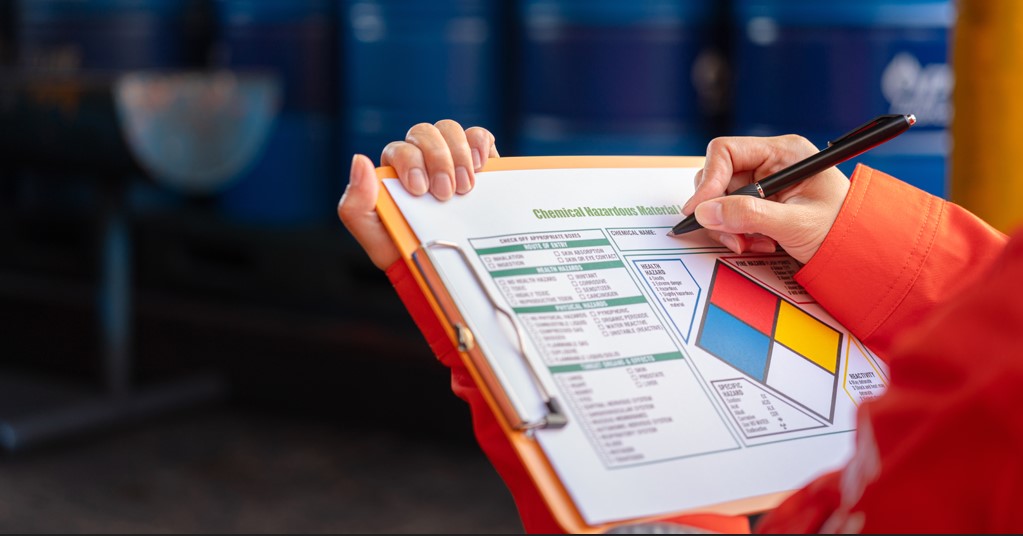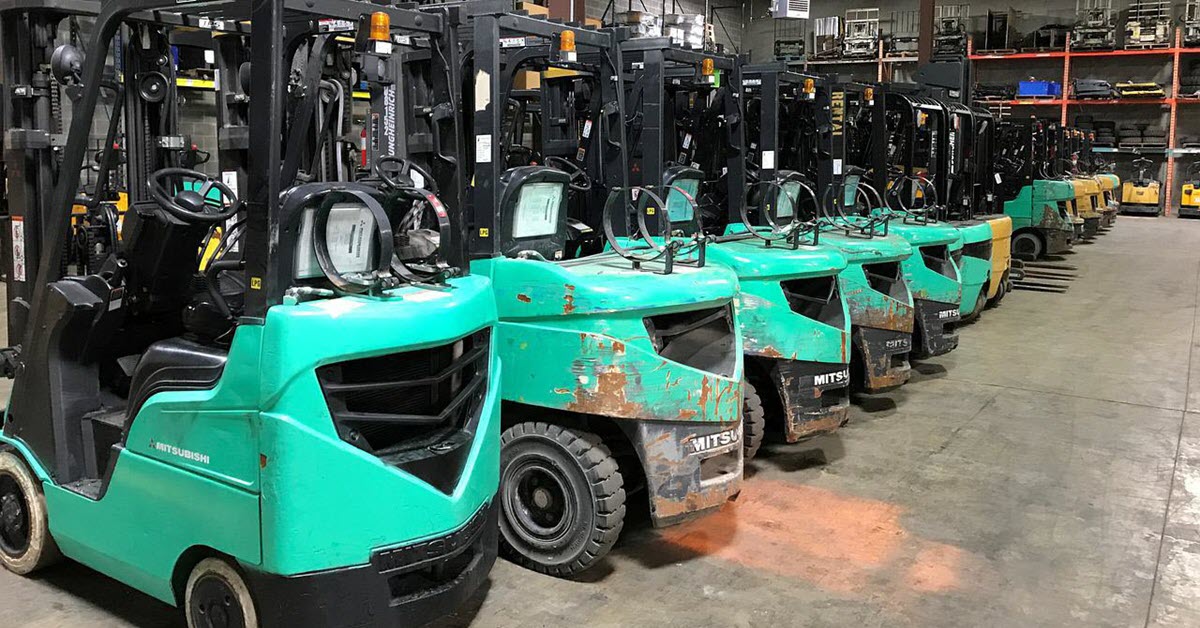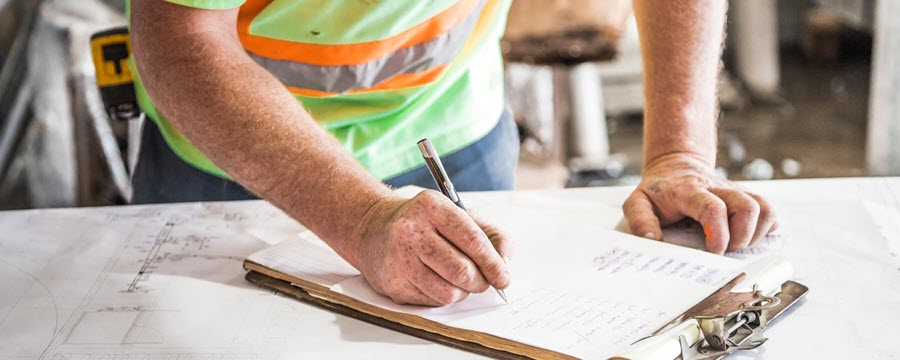
8 Ways To Prevent Forklift Accidents

In late September 2020, tragedy struck a Canadian workplace. Manoaka Developments, Inc. – operating as Dolphin Fiberglass Pools Canada, is a manufacturing facility like many others. It requires many machines to keep production flowing, and forklifts play a big part in their day-to-day operations. On September 29, 2020, one forklift driver took a corner too fast and toppled his forklift. The driver was killed in the accident.
Not only did Manoaka Developments lose a valuable employee and friend, but the company also pleaded guilty to failing to provide adequate instruction and safety information to their employee and was fined $75,000.
Accidents like this don’t just happen north of the border. The Industrial Truck Association reports that there are 855,900 forklifts in the United States. There are approximately 97,000 forklift accidents in the United States each year, and of those, 85 are fatal. These incidents vary from tipping to falling off platforms to striking pedestrians, but they all have one thing in common – proper training and attention can prevent forklift accidents.
Here are eight ways you can promote forklift safety in your workplace to help prevent forklift accidents and keep your employees safe:
1. Require Proper Training for All Forklift Operators
This should go without saying, but forklifts seem like simple machines to operate, so all-too-often someone gets behind the wheel who has had inadequate or no training. It’s not just about learning how to make it go; it’s about knowing the machine’s limits and how to prevent forklift accidents by operating it safely in a populated work zone. If you’re not sure where to start, look for a training guide that ensures that it meets OSHA requirements. Consider newer forklift simulation training options.
Improper training is the leading cause of forklift accidents and injuries. Take care of this, and you’re off to a great start.
2. Do Regular Safety Checks
Before you fire up the forklift each day, it’s a good idea to do a safety check. The daily forklift inspection list should include things like fluid levels, seat belts, overhead guards, chain tension, tire air pressure, and fork condition. By keeping a close eye on these things every day, you have a better chance of catching something that’s not quite right and fixing it before it can create a dangerous situation.
3. Regular Maintenance for All Forklifts
Don’t wait until you see something wrong to take your forklift into the shop. Whatever model forklift you have should have specific maintenance recommendations. It might be every few months or after a certain number of running hours. By keeping a maintenance schedule, you not only help to keep your forklift safe, but also reduce unforeseen downtime – and prevent forklift accidents caused by malfunctions. Always tag a forklift that needs repair with an appropriate forklift safety tag. Check with your forklift distributor to see if they offer a maintenance plan.
4. Protection Around Docks and Un-level Areas
Loading docks pose a particular threat to forklift operators – and are a common site of forklift accidents. It’s easy to misjudge a distance and have a wheel go over the edge. When that happens, there’s a good chance the whole machine is going to also topple over the edge. Even a small dropoff or incline can pose a threat to forklift operators. Minimize this threat by putting up barricades around loading docks and other dropoffs. Train your operators how to run the machine in these areas without putting themselves and others in danger.
5. Proper Training For Non-Forklift Operators
Your forklift operators are not the only ones at risk. In a manufacturing or warehouse environment, there may be many other workers on foot in the nearby area. They should also be trained to understand how to work around forklifts. They should know to never stand on or under the forks of the machine. Clearly mark forklift operation areas with forklift floor signs and make sure employees understand your floor markings so they know when they are in a forklift area. If they understand what the forklift is doing, they’ll have a better understanding of how to prevent forklift accidents.
6. Safety Signage
Putting up forklift-specific safety signage is a must. From warning your operators about blind corners or pedestrian areas, to informing pedestrians about the presence of forklifts, having the proper safety signage can save lives. Be sure to review it every few months to ensure that it still is accurate for your needs.
7. Lock Out Unauthorized Forklift Drivers
Newer forklifts can now come equipped with a lockout device or forklift access control to lock out any unauthorized operators and prevent forklift accidents. It’s a pretty simple concept. Just like a laptop, your forklift will require a pin number or a scanned badge from authorized personnel to start. It’s a simple way to keep those who aren’t properly trained from getting into a dangerous situation.
8. Remember the Elements
Just like your car, a forklift operates differently in inclement weather conditions. Surfaces that are slippery from rain or ice require extreme caution. Drivers should be trained how to handle these situations and reminded whenever they occur. Even wet floors inside a warehouse can present a hazard.
Forklift Safety First
Forklifts are so common because they are a handy tool in today’s workplace. They are not inherently dangerous but can quickly become so when people are negligent or lack the proper training. By keeping safety first in mind and making sure that all of your personnel are properly trained to work in an environment with forklifts, you can reap the benefits of this effective machine while helping to prevent forklift accidents and worker injuries.

